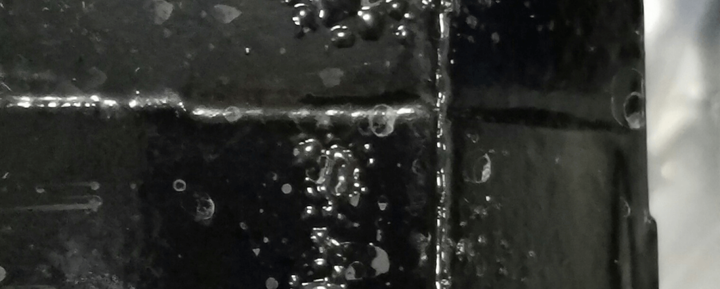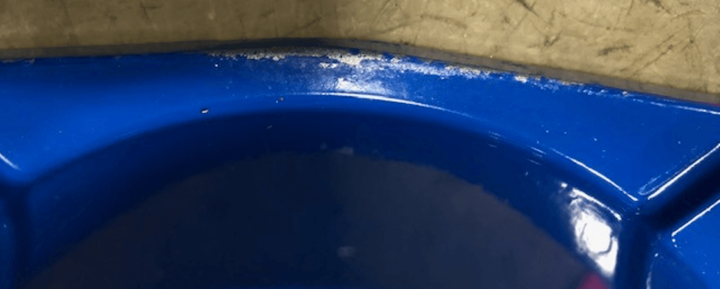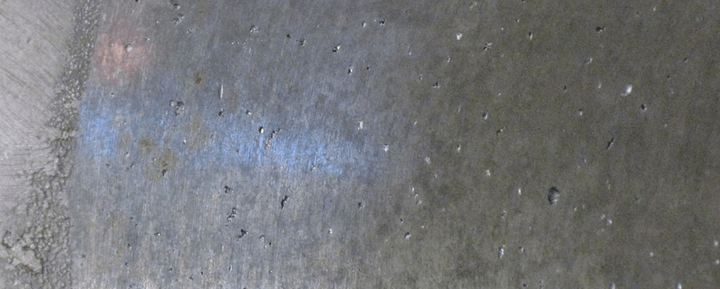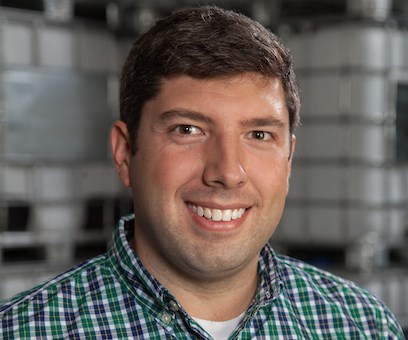Timing Vacuum Impregnation with Finishing Operations
This guide determines whether vacuum impregnation should be performed before or after finishing operations.
Powder coat, paint, chromate conversion and anodizing are common finishes applied to die cast parts to improve their performance or appearance. In some die casting applications, components must also be pressure-tight to hold pressurized fluid or gases. Companies use vacuum impregnation to meet these requirements by sealing the internal leak paths without impacting any other features of the casting. But should vacuum impregnation be done before or after finishing?
Porosity Sealing
The general rule is that vacuum impregnation should be done before any surface finishes. The process will seal the porosity and eliminate any failure mode that could develop from outgassing, chemical compatibility or bleed out of pretreatments. Below are examples of failure modes that can occur if impregnation is done after the finish is applied.
Paint Finish—The painted part will be exposed to sealant and certain minerals and alkalis in the water. The sealant can react with paint and degrade the quality of adhesion of the paint with the part surface. During impregnation, the painted part is heating to 195° F in hot water. The water or residual minerals in the water may leave water spots, or in the worst case, alter the color hue or degrade the finish.

The water or residual minerals in the water may leave water spots or alter the color hue or degrade the finish.
Chemical Finish—Many chemical finishes require aggressive liquid pre-treatments for the finish to bond to the casting surfaces. These pretreatments may penetrate the near surface porosity and remain in the pore even after the finish is completed. During the impregnation process, the vacuum will pull these chemicals from the porosity and into the finish, which may lead to corrosion and a defect known as “blooming.”

If not properly fixtured, the parts can shift during the impregnation process and become damaged or scratched.
Chromate Finish—If a chromate finish is applied to a part prior to impregnation, the heat required to cure the vacuum impregnation sealant (195° F) will degrade the quality of the coating. This condition will lead to a premature failure of the coating and part oxidation.
Finally, regardless of the type of finish, the part can be damaged or scratched from handling and processing.
Eliminating Powder Coating Out Gassing
Vacuum impregnation not only seals the porosity but may prevent cosmetic defects in powder coating. If not sealed, the pores would otherwise hold air. This air may expand and out gas during the curing stage. The air escapes through the powder, causing holes or bubbles, called pin holes, in the finish. These pinholes are not only unattractive, they also allow in moisture and corrosion to damage the part. Vacuum impregnation prevents this issue from happening by removing the air and filling the porosity with sealant.

If not sealed, the pores would otherwise hold air. This air may expand and out gas during the curing stage, causing pin holes.
Machined Parts
If parts are machined after finishing, then the parts should be sealed after machining. This is because a machine tool may expose or open porosity when it cuts into the part's surface.
The new inter-connected porosity will create a leak path. The leak path will cause fluids and gases to leak from the casting, causing it to be non-conforming and, in many cases, unusable. Unfortunately, this condition occurs precisely at the wrong time, since the non-conforming part has already been manufactured and all the value has been added to the non-conforming part.
Summing it Up
Vacuum impregnation is the most effective way to seal casting porosity, but it must be performed at the correct stage of the production process. Performing vacuum impregnation prior to finishing will ensure that all leak paths are sealed while safeguarding and enhancing the quality of the final finish.
Godfrey & Wing Inc. | 800-241-2579 | godfreywing.com
About the Author
Andy Marin
Andy Marin is the marketing coordinator for Godfrey & Wing. Godfrey & Wing is a privately held company, a global leader in vacuum impregnation products and services serving the automotive, aerospace, and general manufacturing industries worldwide. Headquartered in Cleveland, Ohio, since 1948, Godfrey & Wing operates manufacturing and production facilities in North America, Europe and Asia.
Read Next
When to Vacuum Impregnate Castings
Vacuum impregnation is an effective way to address the potential problems caused by porosity in castings, but it must be performed at the correct stage of the production process.
Read MoreFielding Manufacturers’ FAQs about CMMC
Here are answers to frequently asked questions we as a provider of testing, consulting, information and compliance services receive about Cybersecurity Maturity Model Certification.
Read MoreThe Value of Swiss-Types Milling Rectangular Medical Parts
High-speed spindle technology was key to effective milling of small cardiac monitoring components complete on a CNC sliding-headstock machine platform instead of running them across two mills.
Read More




















